Old Browser
Looks like you're visiting us from United States.
Would you like to stay on the current country site or be switched to your country?
BD Pharmingen™ Purified Mouse Anti-SV40 Large T Antigen
克隆 PAb 101 (RUO)

Western blot analysis of large T in COS-7 cells using a panel of monoclonal antibodies. Large T was identified by PAbs 101 (lane 3, Cat. No. 554149), 108 (lane 4) and 114 (lane 5). Mouse IgG2a (lane 1) and PAb 100 (lane 2) were used as negative controls. Note that PAb 100 can be used for immunoprecipitation, but not for western blotting of large T.

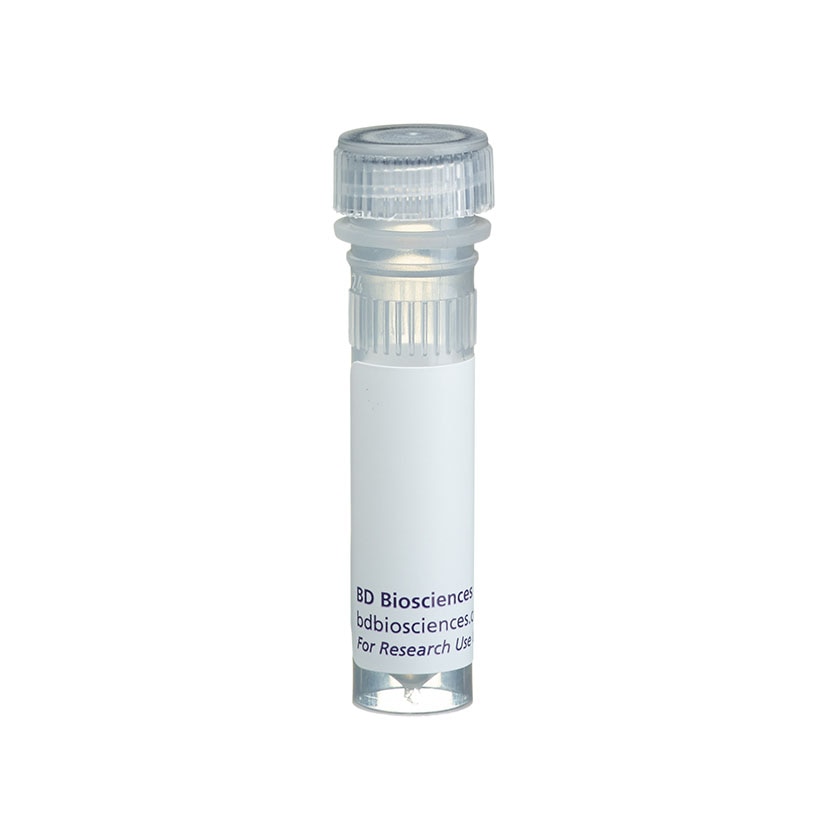


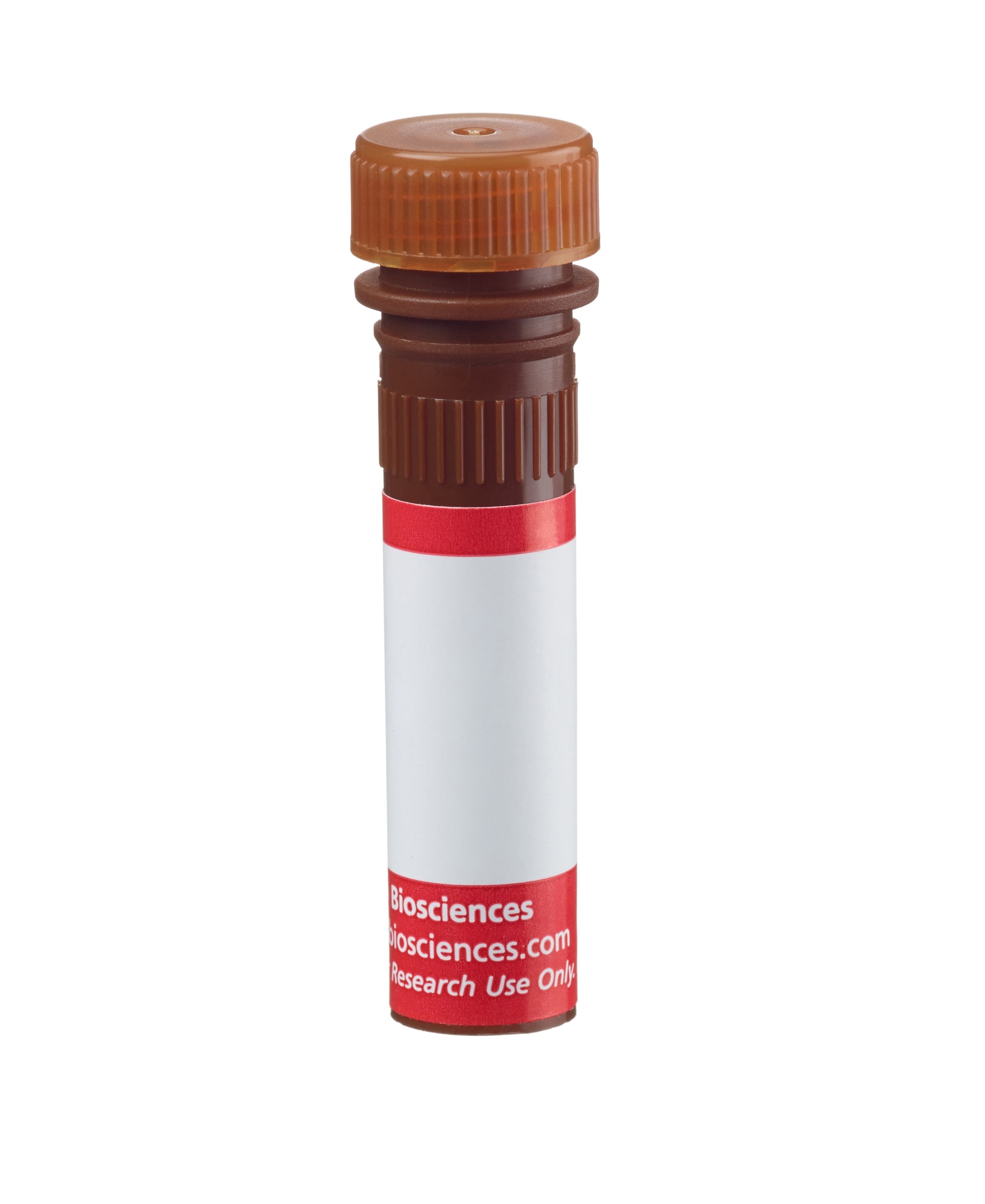
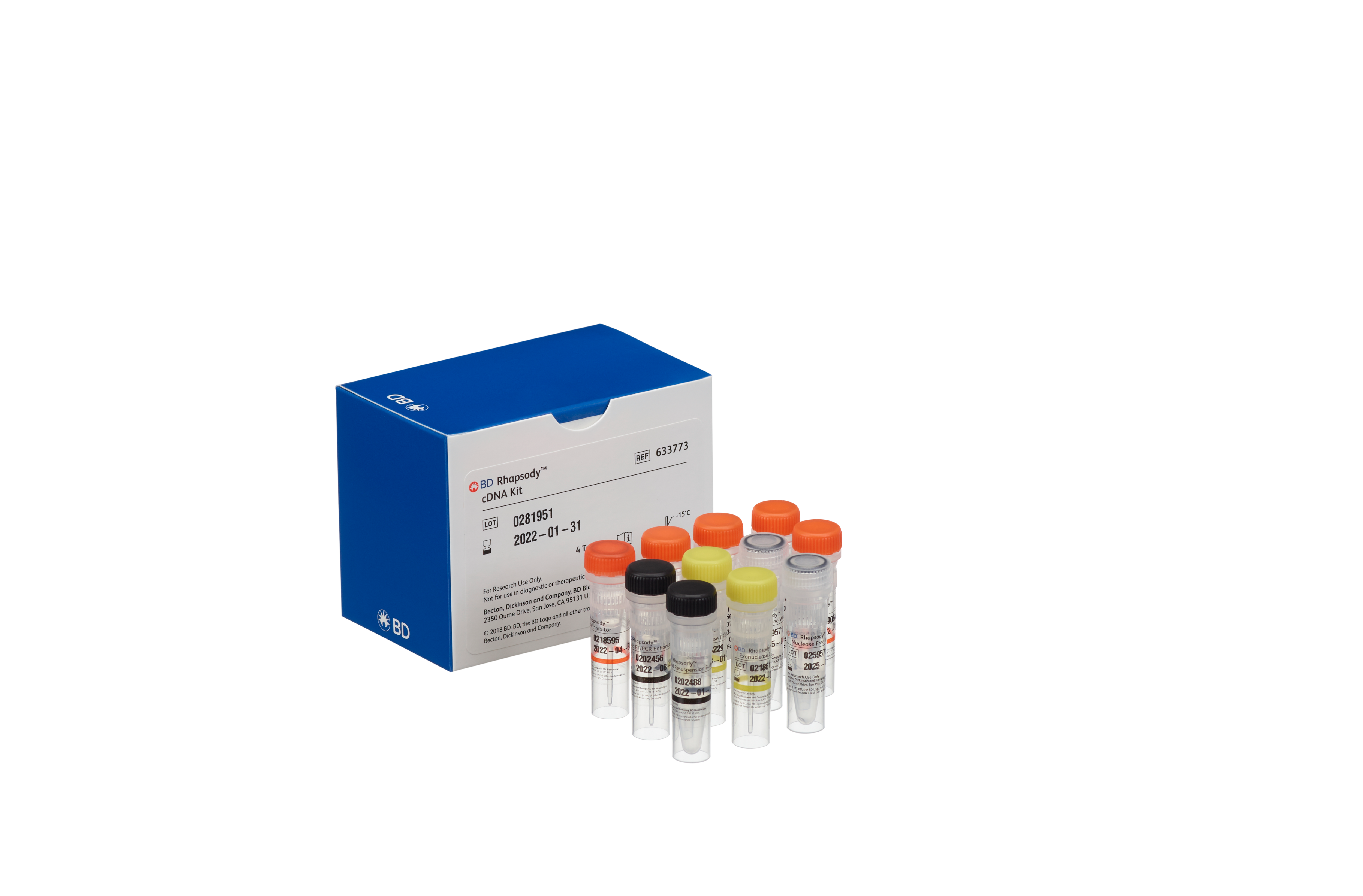

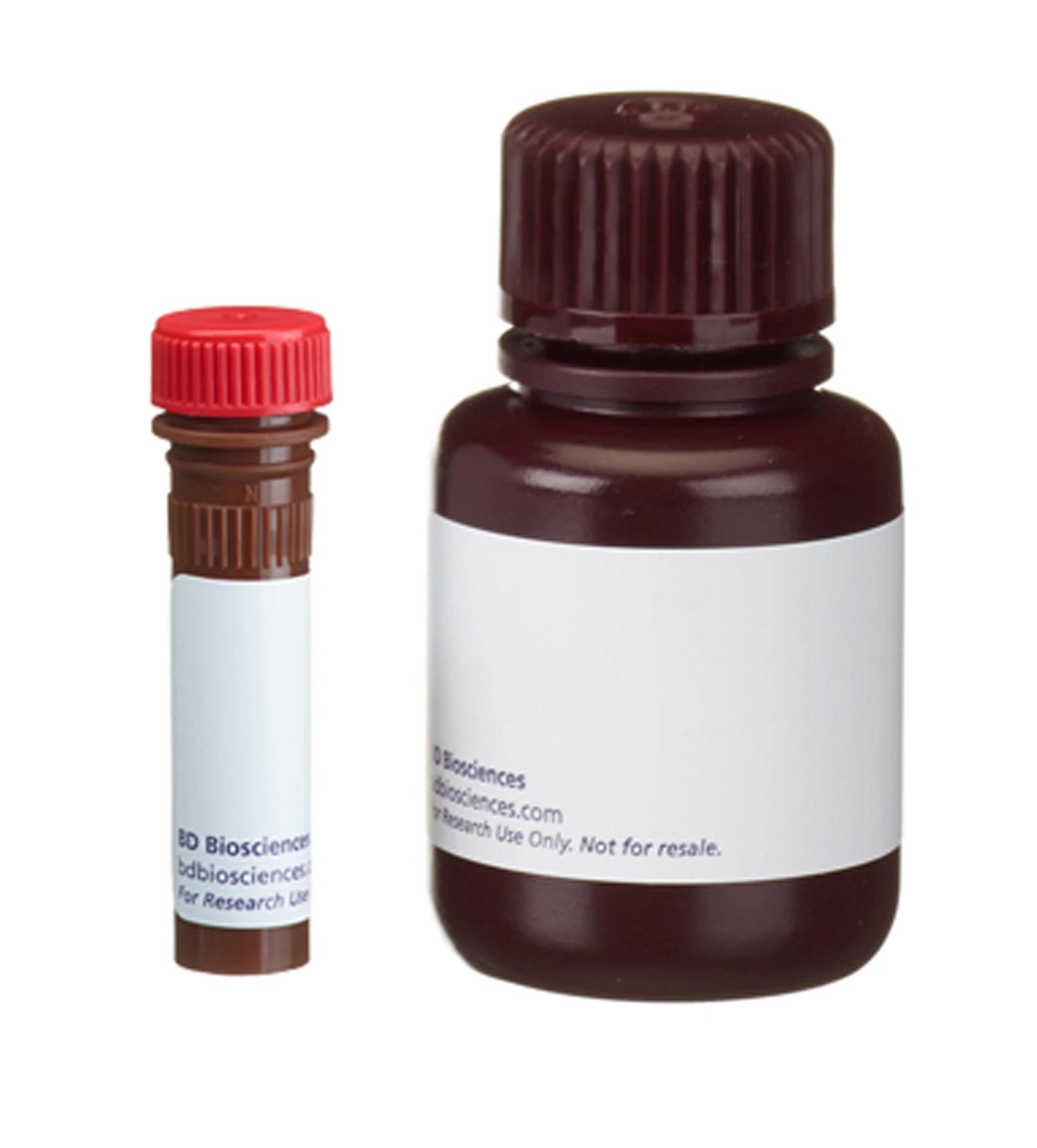
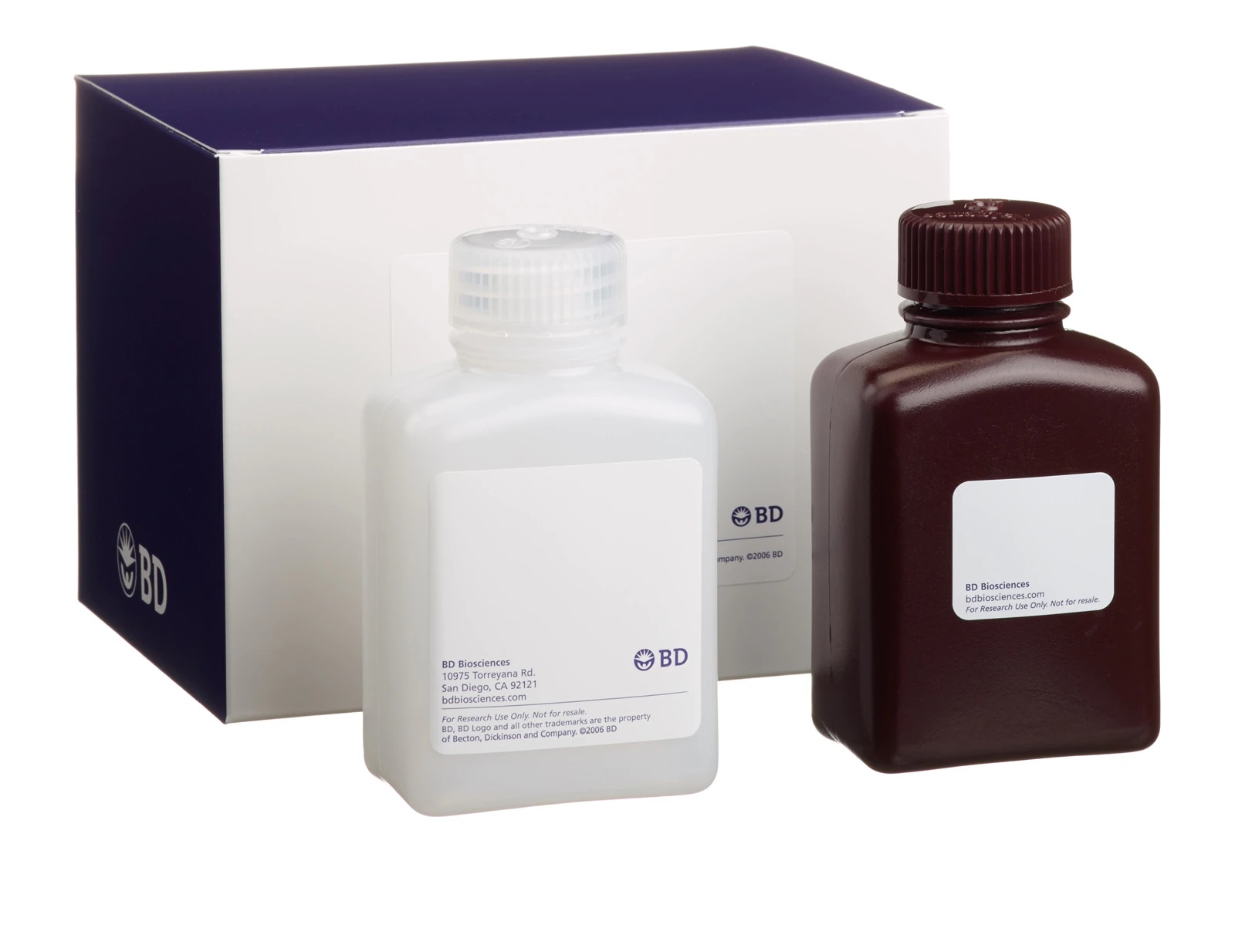
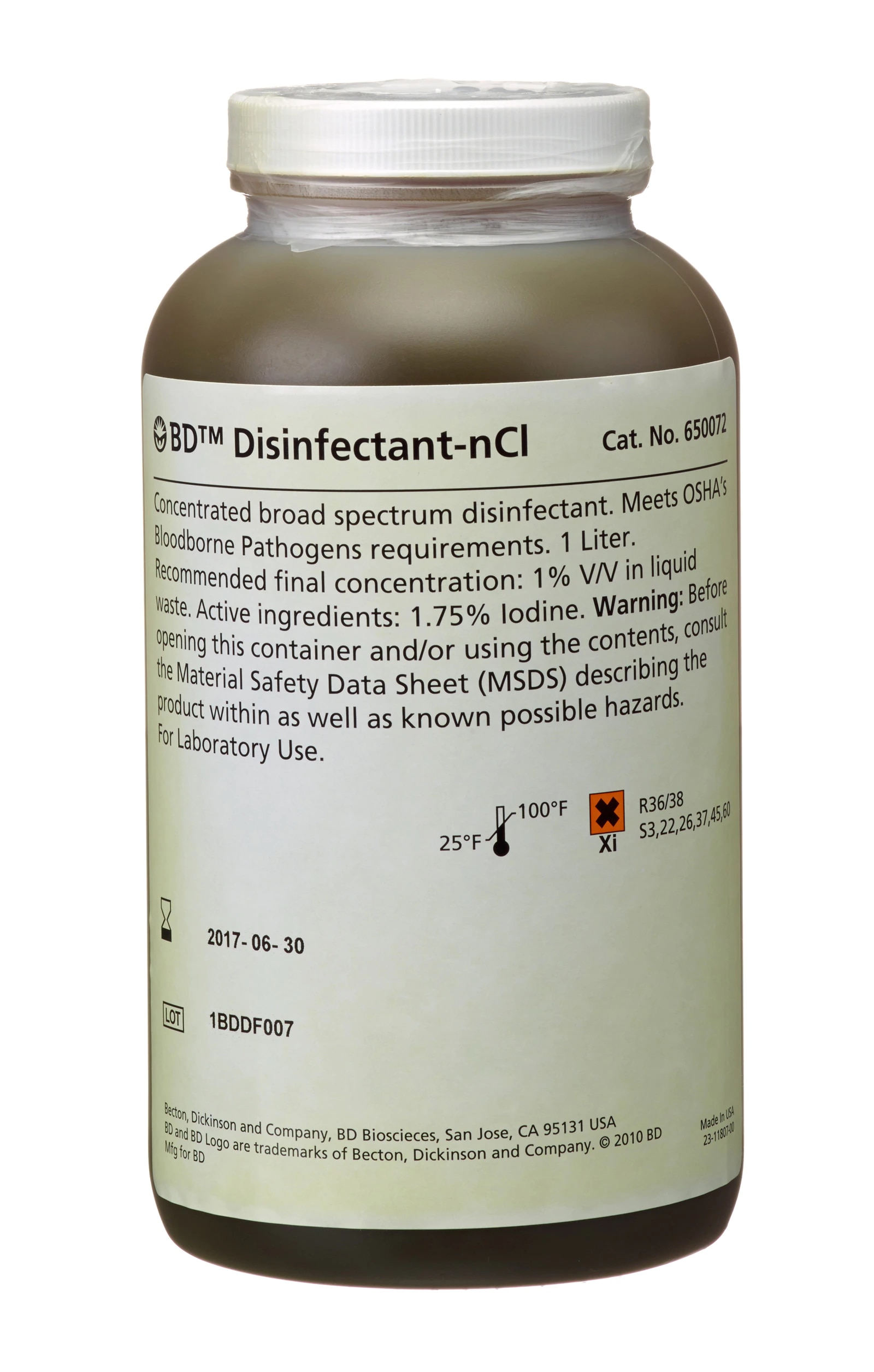
Western blot analysis of large T in COS-7 cells using a panel of monoclonal antibodies. Large T was identified by PAbs 101 (lane 3, Cat. No. 554149), 108 (lane 4) and 114 (lane 5). Mouse IgG2a (lane 1) and PAb 100 (lane 2) were used as negative controls. Note that PAb 100 can be used for immunoprecipitation, but not for western blotting of large T.

Western blot analysis of large T in COS-7 cells using a panel of monoclonal antibodies. Large T was identified by PAbs 101 (lane 3, Cat. No. 554149), 108 (lane 4) and 114 (lane 5). Mouse IgG2a (lane 1) and PAb 100 (lane 2) were used as negative controls. Note that PAb 100 can be used for immunoprecipitation, but not for western blotting of large T.










ImageTitle~NA Purified Mouse Anti-SV40 Large T Antigen









监管状态图例
未经BD明确书面授权,严禁使用未经许可的任何商品。
准备和存储
推荐的实验流程
T-ag purified with PAb 101 has been shown to retain helicase activity. T-ag is immunoprecipitated as a single or multiple bands between about 80-95 kD depending on post-translational modifications. SV40-transformed cells such as COS-7 (ATCC CRL 1651) are suggested as positive controls. Any cell line that is not SV40-transformed or SV40-infected can be used as a negative control.
商品通知
- Since applications vary, each investigator should titrate the reagent to obtain optimal results.
- Please refer to www.bdbiosciences.com/us/s/resources for technical protocols.
- Caution: Sodium azide yields highly toxic hydrazoic acid under acidic conditions. Dilute azide compounds in running water before discarding to avoid accumulation of potentially explosive deposits in plumbing.
Simian virus 40 is a small DNA virus encoded by 5.2 kb of double-stranded DNA. SV40 large T antigen (T-ag) is a multifunctional ~85 kD phosphoprotein, which is the sole viral protein required for SV40 replication. All other factors are provided by the infected host cell. In addition to its role in SV40 DNA replication, T-ag also causes transformation of susceptible cell lines. Studies of various mutant T-ag proteins have shown that the replication and transformation fractions of T-ag can be separated. The multifunctional nature of this protein has resulted in its use as a model system in a wide variety of disciplines. SV40 T-ag exercises negative regulation on the transcription of SV40 early mRNA by feedback inhibition and exerts positive regulation on transcription from the late promoter. In addition to transcriptional regulation, T-ag is involved in viral DNA replication. Specific biochemical functions required for DNA synthesis that are inherent to the T-ag include high-affinity binding to sites within the viral origin of DNA synthesis, and ATPase and helicase activities. Other functions attributed to T-ag include cellular transformation, induction of cellular DNA synthesis, induction of rRNA synthesis and provision of a host-range function for viral replication. However, all functions of T-ag are influenced by a wide range of post-translational modifications including phosphorylation, glycosylation, acetylation, acylation and adenylation. T-ag exists in monomeric as well as polymeric forms and associates with the tumor suppressor proteins p53 and Rb (retinoblastoma protein). Most of T-ag is transported to the nucleus, while a small fraction is localized at the cell surface. PAb 101 recognizes a C-terminal epitope within the last 190 amino acids of T-ag. PAb 101 was originally known as Clone 7. Studies have suggested that PAb 101 binds the strongest to mature T-ag. PAb 101 (i.e., Clone 7) was developed along with a panel of monoclonal antibodies where SV40-transformed BALB/c mouse cell lines (SVT2 or B4) were used as immunogens. The specificity of the antibody was originally characterized by a variety of techniques using SV40-infected and SV40-transformed cells.
研发参考 (9)
-
Carroll RB, Gurney EG. Time-dependent maturation of the simian virus 40 large T antigen-p53 complex studied by using monoclonal antibodies. J Virol. 1982; 44(2):565-573. (Clone-specific). 查看参考
-
Gurney EG, Harrison RO, Fenno J. Monoclonal antibodies against simian virus 40 T antigens: evidence for distinct sublcasses of large T antigen and for similarities among nonviral T antigens. J Virol. 1980; 34(3):752-763. (Immunogen: Immunofluorescence, Immunoprecipitation). 查看参考
-
Gurney EG, Tamowski S, Deppert W. Antigenic binding sites of monoclonal antibodies specific for simian virus 40 large T antigen. J Virol. 1986; 57(3):1168-1172. (Clone-specific: Immunoprecipitation, Western blot). 查看参考
-
Li M, Hu J, Heermeier K, Hennighausen L, Furth PA. Expression of a viral oncoprotein during mammary gland development alters cell fate and function: induction of p53-independent apoptosis is followed by impaired milk protein production in surviving cells. Cell Growth Differ. 1996; 270(1):3-11. (Clone-specific: Immunohistochemistry). 查看参考
-
Prives C, Covey L, Scheller A, Gluzman Y. DNA-binding properties of simian virus 40 T-antigen mutants defective in viral DNA replication. Mol Cell Biol. 1983; 3(11):1958-1966. (Clone-specific). 查看参考
-
Scheller A, Covey L, Barnet B, Prives C. A small subclass of SV40 T antigen binds to the viral origin of replication. Cell. 1982; 29(2):375-383. (Clone-specific). 查看参考
-
Stahl H, Dröge P, Knippers R. DNA helicase activity of SV40 large tumor antigen. EMBO J. 1986; 5(8):1939-1944. (Clone-specific). 查看参考
-
Tack LC, Wright JH, Gurney EG. Alterations in the structure of new and old forms of simian virus 40 large T antigen (T) defined by age-dependent epitope changes: new T is the same as ATPase-active T. J Virol. 1989; 63(5):2352-2358. (Clone-specific: Immunoprecipitation). 查看参考
-
Tack LC, Wright JH, Gurney EG. Characterization of simian virus 40 large T antigen by using different monoclonal antibodies: T-p53 complexes are preferentially ATPase active and adenylylated. J Virol. 1988; 62(3):1028-1037. (Clone-specific: Immunoprecipitation). 查看参考
Please refer to Support Documents for Quality Certificates
Global - Refer to manufacturer's instructions for use and related User Manuals and Technical data sheets before using this products as described
Comparisons, where applicable, are made against older BD Technology, manual methods or are general performance claims. Comparisons are not made against non-BD technologies, unless otherwise noted.
For Research Use Only. Not for use in diagnostic or therapeutic procedures.